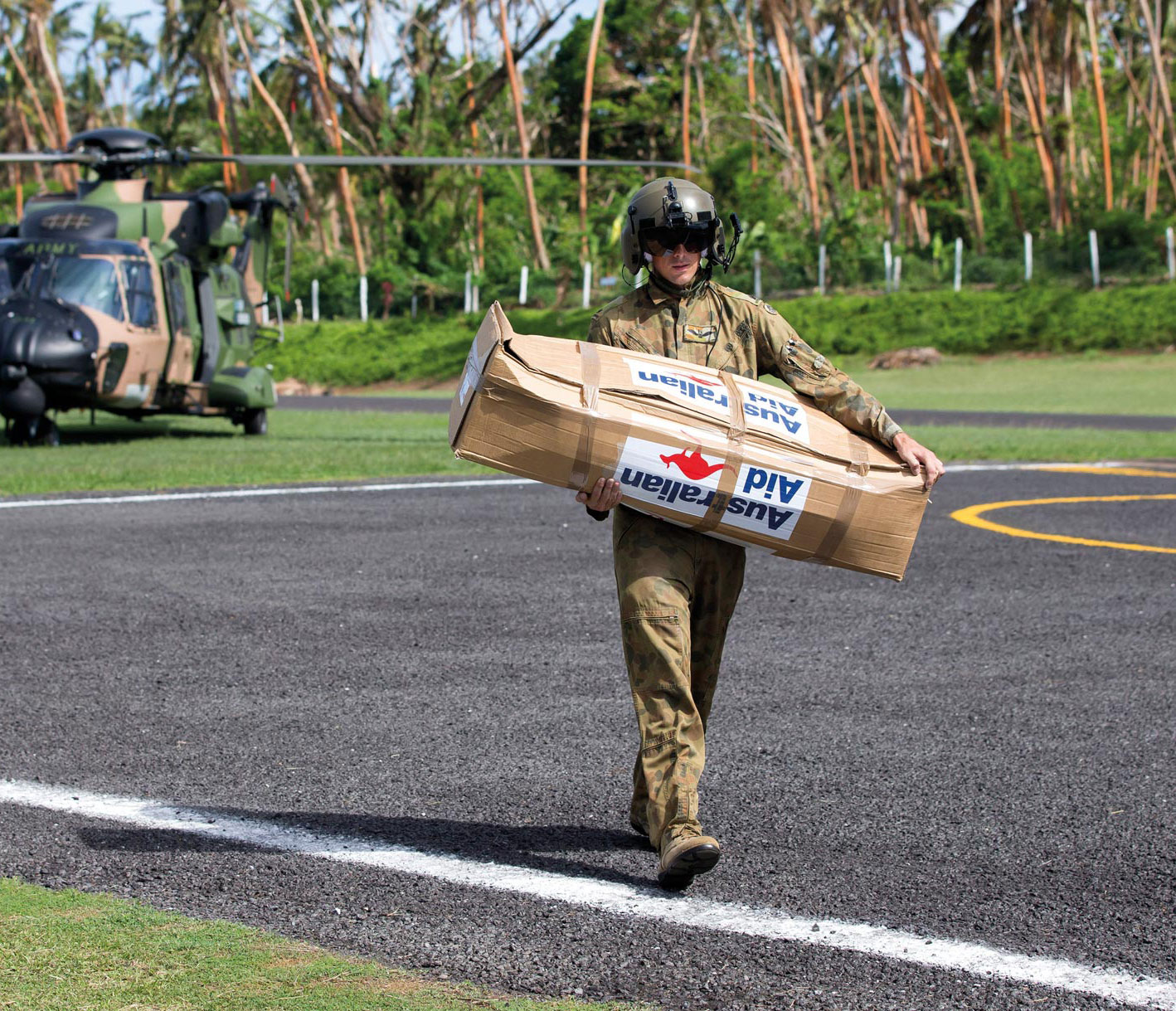An ‘idea by two guys in a shed in Albury’ is capturing attention in the world of disaster response. Back in 2014, helicopter pilot Jack Hurley joined with a small team of engineers to create an unmanned aerial robot—also known as a UAR or drone—that could be used to quickly capture photos and data after a disaster like a flood or cyclone. Jack is now the Chief Executive Officer of Firetail.

Jack Hurley. Image credit: Sally Hurley
Recognising that it is very expensive to get an aircraft to take photos from the air, Jack and his team ‘set out to create something that was affordable, easy to operate and mobile, but still rugged enough to withstand the challenging environments of the Pacific’, Jack says.
Their prototype, Firetail, consisted of a low-cost foam wing and Australian-designed and made autopilot system. Firetail could be deployed in minutes and was small enough to fit in a backpack but Jack and his team needed to test it first. ‘We knew that in order to fully understand the local requirements in a disaster area, and the needs of the people who would ultimately be using Firetail, we would have to go to the Pacific and run a pilot program there’, Jack says.
Working with the local stakeholders and community members was an incredible experience.
Jack applied for and won a grant under the Government’s Pacific Humanitarian Challenge 2016, which invited anyone in the world to come up with innovative solutions to problems faced in emergency response. Winning the challenge gave Jack and his team the financial and technical support needed to make their Pacific pilot happen. Jack travelled to Vanuatu and Fiji, and DFAT’s assistance helped him establish local partnerships to test Firetail in the field. ‘Working with the local stakeholders and community members was an incredible experience’, he says. ‘Through programs like the Pacific Humanitarian Challenge, we have managed to take our initial prototype and turn it into something that is made for the Pacific to benefit the people of the Pacific.’
The resulting Firetail model incorporated important design features to meet the needs of first responders in disaster areas. ‘These vital changes would not have happened without the opportunity to work with and learn from the people we met as part of our Pacific pilot’, Jack says.
Firetail has the potential to assess damage and humanitarian needs in remote areas at a low cost. ‘Having this new technology, being able to take photos, quickly stitch the photos together and build a map is obviously a huge win for local communities’, Jack says. Firetail’s affordability also means that humanitarian agencies will be able to gather images faster and more efficiently than before. As reported by tech publisher Gizmodo, ‘the impact of Firetail in countries hit by natural disasters could save numerous lives’.

Jack testing Firetail at Mount Yasur volcano on Tanna Island. Image credit: W Fang




